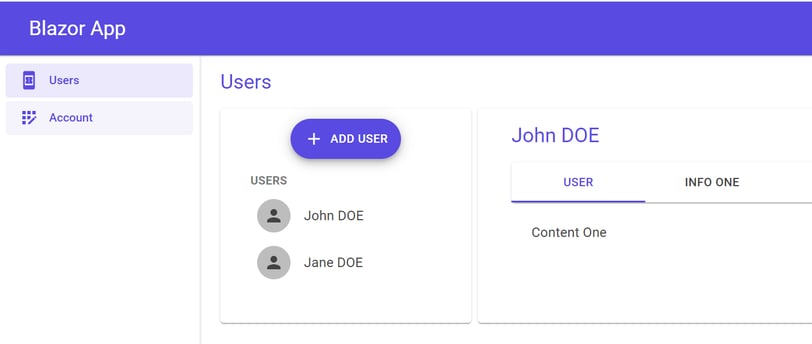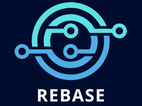Diving into Blazor: A Comfort Zone for .Net Developers
Valérie
4/12/20241 min lire


As web development continues to evolve, exploring new tools and frameworks can feel like an adventure. My latest journey brought me to Microsoft’s Blazor, a tool that intrigued me as a developer who usually focuses on backend systems.
Starting with Blazor was unexpectedly comforting. In just one hour, I moved from curiosity to creating an app that not only worked well but also looked good. Blazor lets you use C#, a language I’m comfortable with. This made it easier for me to work on the frontend, expanding what I can do without leaving my comfort zone.
While I found Blazor welcoming, not all developers have the same opinion. Some of my peers compared it to Silverlight, Microsoft’s older project that didn’t last, which made them cautious. Others worry about spending time learning Blazor if it might not be supported in the long term. These differing views show that Blazor’s role in web development isn’t clear to everyone.
Discussions about Blazor often return to concerns about its future and Microsoft’s history of supporting or dropping technologies. However, Blazor is built into the strong .NET core, and it fits well with the current needs of web developers, which suggests Microsoft might continue supporting it more strongly than some past projects.
For me, Blazor is like a bridge that connects the structured backend development with the more flexible frontend work. It lets developers like me design interactive websites using familiar tools. While not everyone sees Blazor the same way, my experience has been positive, showing its promise as a tool that could change how we approach building websites.
Have you tried Blazor yourself? Whether you’re experienced in frontend or backend development, I’d like to hear how you found it. Share your thoughts below—our shared experiences help us all learn more as we navigate the evolving world of technology.


